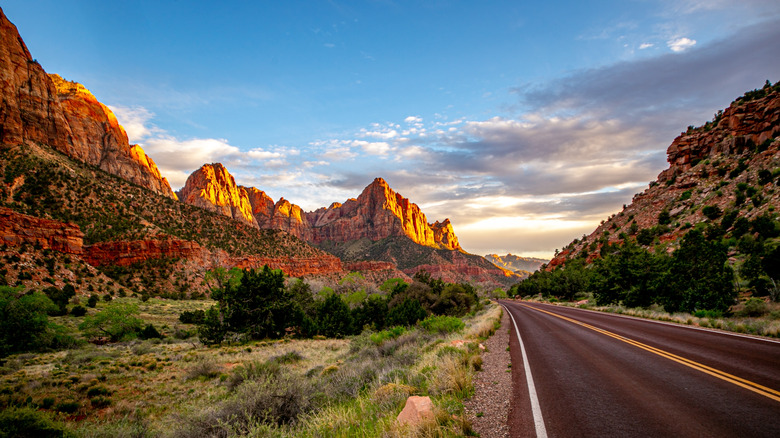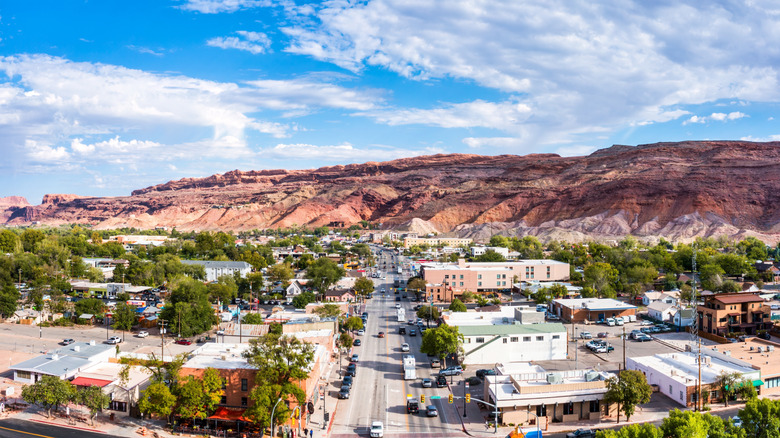A Serene American State Out West Has More Dark-Sky Certified Stargazing Spots Than Anywhere Else
Utah is known for many things — stunning natural scenery that has contributed to some of the most beautiful national parks in the U.S. (perfect for the most unforgettable scenic road trip), some of the best ski slopes in the world, and the iconic Sundance Film Festival. It can now add the highest concentration of dark-sky certified stargazing spots in the U.S., as designated by DarkSky International (formerly known as the International Dark Sky Association), to its list. DarkSky International aims to reduce light pollution that negatively impacts dark skies (the natural state of the skies at night when stars are visible) while protecting and promoting areas and communities with thriving dark sites. One of the most essential requirements of a DarkSky designation is the visibility of the Milky Way to the naked eye when at the location. On the last count, Utah has more than 25 DarkSky designations across the state, with a combination of national parks, communities, and monuments.
Unsurprisingly, Utah's "Mighty 5" national parks — Bryce Canyon, Arches, Canyonlands, Capitol Reef, and Zion – are all DarkSky-designated. These are just some of the best national parks in America for stargazing. And while all DarkSky-designated spots in Utah are worth visiting, if you are limited by time, Utah's Mighty 5 are a must. Top of the list is, of course, Zion National Park, Utah's most visited national park. With a variety of trails perfect for hiking and stunning natural scenery, Zion National Park is ideal for stargazing. However, if you're looking for a less crowded area, Arches and Canyonland National Parks, while both popular, receive fewer visitors than Zion, and each has a unique appeal.
Tips for getting the most out of a stargazing trip to one of Utah's DarkSky-certified spots
If national parks do not appeal to you, Utah's DarkSky sites extend to communities and monuments. The community of Moab, for example, is an outdoor lover's paradise with its many rivers, canyons, and historic rock formations — and it's an official dark sky community. And if Moab is too crowded for your tastes, consider the less crowded but equally majestic town of Torrey near Capitol Reef National Park.
Identifying a DarkSky-certified spot is the first and perhaps simplest step of an amazing stargazing trip. Once that's complete, it's time to plan to ensure you're getting the most out of the trip. That includes deciding how to get to your destination (driving might be the wisest option), packing comfortable clothing, informing someone of your plans if you intend to go alone, ensuring your binoculars or telescope is in working order, and of course, packing snacks and water. Other necessities include flashlights, batteries, and blankets.
While stargazing is not limited by seasonality, weather conditions can play a factor. The most obvious is whether or not conditions are cloudy, which could impact the view. Also, while winter months are perfectly acceptable for stargazing, summer might be best because the center of the Milky Way is most prominent during those months, creating a higher concentration of stars and a more exquisite view. Another time of the month to experience amazing stargazing opportunities is at the start of a new moon or at least a few days before or after — if you try to stargaze with a fuller moon, the moon's light can interrupt the view. Unsurprisingly, the best time of day to experience the full beauty of stargazing is late at night, ideally 10 p.m. or later. So if you're considering a stargazing trip, look to Utah for many breathtaking options.

